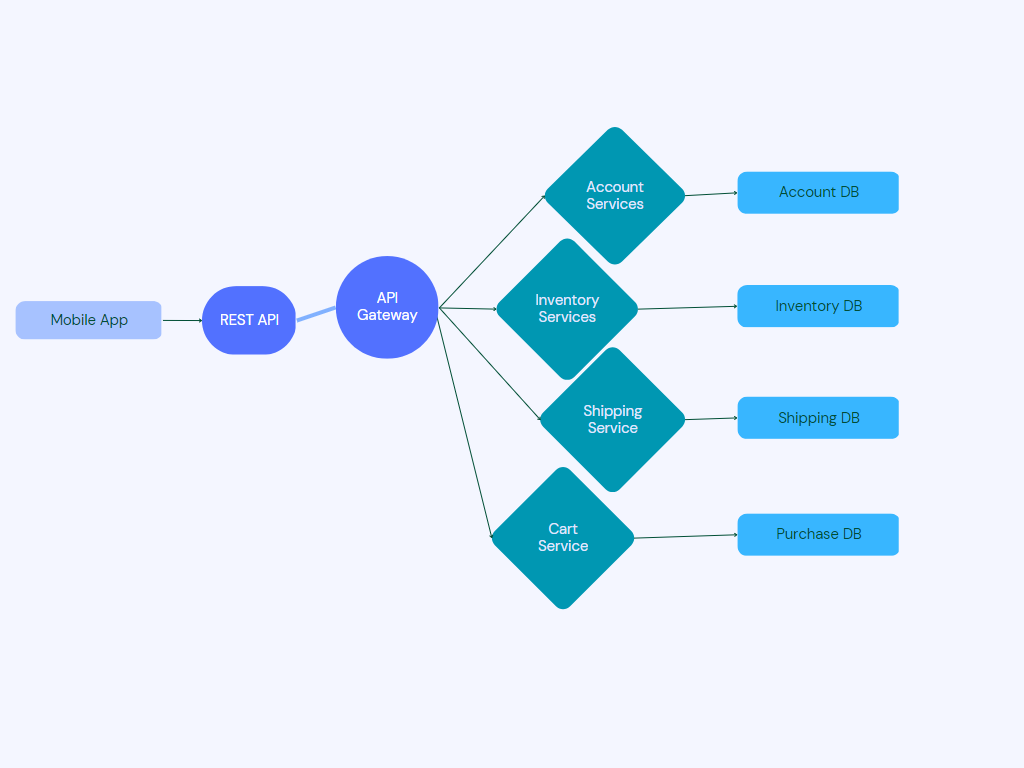What are Microservices?
Microservices have emerged as a popular approach to software development in recent years, due to their ability to promote agility, scalability, and fault tolerance in complex applications. By breaking down large, monolithic applications into smaller, independent components, microservices enable developers to work on different parts of the application in parallel, without worrying about conflicts or dependencies. This results in faster release cycles, shorter time-to-market, and greater responsiveness to changing customer needs or market trends.
However, microservices also come with their own set of challenges and trade-offs. One of the main challenges is the increased complexity that comes with managing a large number of distributed components, each with its own APIs, protocols, and dependencies. This requires advanced tooling and automation capabilities, as well as a high degree of coordination, collaboration, and monitoring.
To address these challenges, developers need to follow a set of principles and best practices that guide the design, implementation, and deployment of microservices. These principles include:
- Decentralization: Microservices should be designed to be as independent as possible, with minimal dependencies on other services or components. This enables greater flexibility in development, deployment, and scaling, and reduces the risk of cascading failures or bottlenecks.
- Autonomous teams: Each microservice should be owned and managed by a dedicated team of developers, who are responsible for the entire lifecycle of the service, from development to deployment to maintenance. This enables greater accountability, ownership, and innovation, and promotes a culture of continuous improvement and learning.
- API-driven development: Microservices should communicate with each other using lightweight APIs or messaging protocols, rather than relying on tightly-coupled integrations or shared data stores. This enables greater flexibility in data management, reduces the risk of data inconsistencies or conflicts, and promotes a more modular and reusable architecture.
- DevOps practices: Microservices should be developed and deployed using modern DevOps practices, including continuous integration and delivery, automated testing, and infrastructure-as-code. This enables faster feedback loops, greater agility, and better collaboration between developers and operations teams.
By following these principles and best practices, developers can overcome the challenges of microservices and leverage the benefits of this approach to create more resilient, scalable, and responsive applications. Microservices can help organizations accelerate innovation, enhance customer satisfaction, and drive business value in a fast-changing digital world. However, they require a significant investment in technology, processes, and people, and should be carefully evaluated and adopted based on the specific needs and context of each organization.

Some of the key benefits of microservices
- Scalability: Because microservices are small and independent, they can be scaled up or down as needed without affecting the rest of the application. This allows for greater flexibility in managing traffic spikes or changes in demand.
- Resilience: By breaking an application down into smaller components, it becomes easier to isolate and manage failures. If one microservice fails, it can be replaced or restarted without affecting the rest of the system.
- Agility: Microservices allow for faster, more frequent updates and releases, as each service can be developed and deployed independently. This makes it easier to respond to changing business needs or user requirements.
- Improved Development Speed: Microservices allow developers to work on different parts of the application in parallel, reducing development time and allowing for faster iteration and deployment.
- Better Team Collaboration: Microservices encourage the use of small, cross-functional teams that can work independently on specific services. This promotes collaboration, communication, and innovation.
- Technology Diversity: Microservices enable developers to use different technologies and programming languages for different services. This allows organizations to choose the best technology for each service, rather than being limited by the technology choices made when building a monolithic application.
- Continuous delivery: Microservices architecture enables continuous delivery and deployment, allowing for faster release cycles and improved time-to-market.
- Improved performance: Microservices architecture allows for better resource utilization, as each service can be optimized for its specific task, resulting in improved performance and reduced resource consumption.
However, there are also some challenges associated with microservices. One of the main challenges is managing the complexity that comes with having many small, independent services. Developers need to ensure that these services can communicate effectively with each other, and that the overall system remains cohesive and well-integrated.
Another challenge is managing data consistency across multiple services. When data is distributed across different services, it can be difficult to ensure that changes made in one service are properly propagated to other services that depend on that data.
Despite these challenges, microservices have become increasingly popular in recent years as organizations seek to build more agile, flexible, and scalable applications. By breaking down complex applications into smaller, more manageable services, developers can build software that is more resilient, easier to maintain, and better able to meet the changing needs of users and businesses.
In summary, microservices represent a powerful approach to software development that can help organizations build more agile, scalable, and fault-tolerant applications. However, they require a significant investment in technology, processes, and people, and should be carefully evaluated and adopted based on the specific needs and context of each organization. By leveraging the principles and best practices of microservices, developers can accelerate innovation, enhance customer satisfaction, and drive business value in a fast-changing digital world.